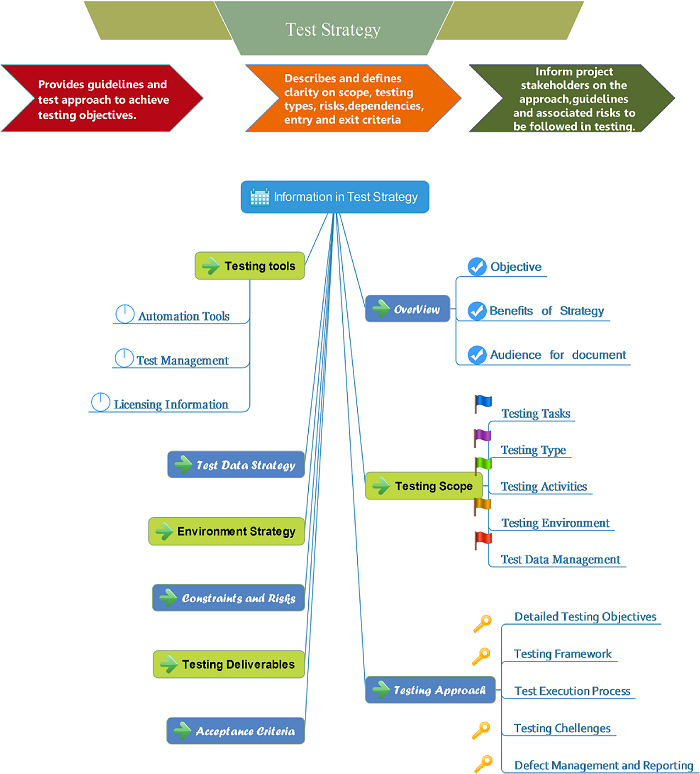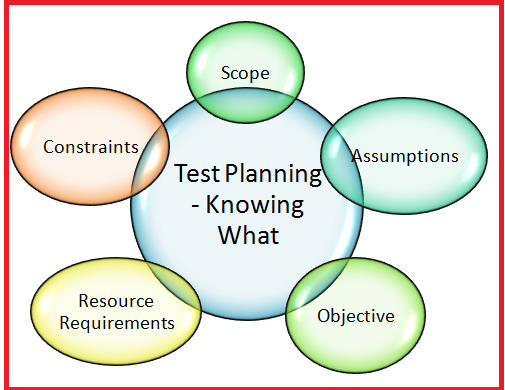It is common in testing project to scope of testing in the
project is to perform functional as well as non-functional testing in the
project. It is important to understand the difference between the two to define
strategies for each testing. Let me try to explain this with a simple example
in daily life. Suppose I have to test the functional and non-functional
requirement of a restaurant.
The functional requirement can be following
When a user enters the restaurant, he will be
welcomed by the Staff. User will place
the order; Order will be delivered to User. Once user completes the
dinner/lunch, he will pay either by cash or credit card. Staff will say goodbye
to user once user exits from the restaurant.
The above is an example of functional requirement in real
price, similar in software can be compared to an online e-commerce site.
The functional requirement will be broken down into functional
test scenarios which can further be broken down into test cases ensuring all
the requirement are covered using RTM (Requirement traceability matrix).
Now coming to the same example, Let us talk about the
non-functional requirement in the same example.User will be very much
influenced by time it takes from the time he places the order to time
order reaches him. This is related to performance and efficiency aspect of
requirement.
Similarly there can be security compromise, suppose I pay my
bill by credit card and the staff instead of returning the bill with credit
card to me, give it to some other customer, and the customer exits with my credit
card and spends money from my card. This is an example of Security testing.
Let us take another example, suppose I ordered a dish which
needs long cooking, Suppose the food is undercooked. Although I received what I
ordered, the food is such that, if I eat it, It will take me one week to
recover from its after effect. This is an example of usability testing.
As we see in the example, Non-Functional features (features
that were not a part of functional requirement) are very important and needs to
be properly tested to ensure the business success.
As in above example, If any one of the performance, security
and usability of the restaurant does not meet the customer requirement, There
is high probability, the customer will never visit the restaurant again, which
will be a business loss to the restaurant.
The same example can be easily reciprocated in software
projects. Therefore non-functional testing should be given proper priorities
before releasing a project. How much to spend on non functional testing depends
on which non-performance parameters are critical.
For e.g in a trading site, security testing should be
preference, while in a search engine, e.g. google, the performance, load,
stress testing are more important.
Some examples of Non functional includes:










